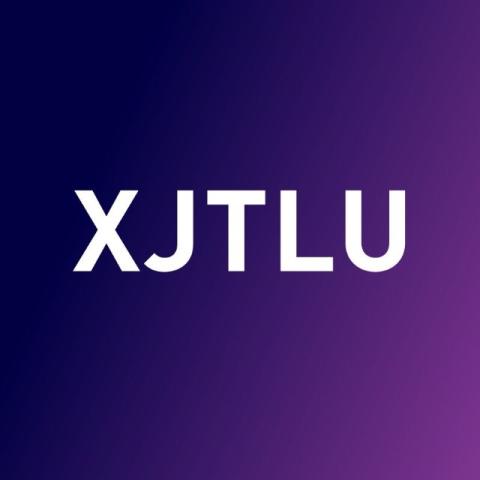
Want to increase student satisfaction? Activate higher-order thinking skills
For many years, student satisfaction has been – and still is – an area of concern in the context of higher education. This is because students’ satisfaction can be seen as a proxy for motivation and academic achievements, and higher levels can help with retention and serve as indicators of the quality of education and services provided to students.
However, student satisfaction can drive grade inflation; a growing number of students now expect high grades despite reporting less time spent studying. Meanwhile, difficult academic modules and low grades decrease satisfaction. That is why, despite the importance placed on developing students’ higher-order thinking skills, instructors are more inclined to use activities and materials targeted at students’ lower-order thinking skills. This is especially true for faculty on the tenure track who need to devote more time and effort to research as well as those in the process of constant contract renewal, as they may be wary of overloading students and receiving negative feedback that might affect their promotion.
Should we activate students’ higher-order thinking skills?
Activating students’ higher-order thinking skills can lead to higher student satisfaction with the academic experience, as evidenced by a recent study I conducted with a team of researchers on a sample of more than 14,000 US students. Intellectual challenge increases student satisfaction, while simple recall of information fails to maximise the potential for learning and therefore leads to an unsatisfying educational experience. Students are likely to appreciate challenging courses that stimulate independent thinking, even if the learning experience may be difficult. Therefore, it is vital to challenge them intellectually to foster a deeper understanding of the material and to promote the development of higher-order thinking skills.
- Spotlight guide: Critical thinking in teaching and research
- Making group work work: how to enable successful student collaboration
- Why interactive and game-based instruction beats lecturing every time
How can we challenge students?
Multiple choice quizzes, which mainly rely on remembering, lead to less satisfaction compared to, for instance, debates, which require students to synthesise information they previously have learned as well as consider the opposition’s viewpoints and anticipate others’ positions, it has been shown. Besides skills such as synthesis and analysis, debate activities teach students to follow the following rules of effective communication:
• Be respectful
• Use appropriate language
• Don’t interrupt others
• Keep within your time frame
• Speak only when it is your turn.
Critical self-reflection plays an important role in developing critical thinking. It helps make meaning of important experiences, addressing not only what was learned (content reflection) but also how the learning occurred (process reflection), coupled with an evaluation of the learning (premise reflection). The process of rewriting personal narratives to make sense of experiences becomes key to the transformation process, and technology helps make this process more creative and innovative. For example, for one of my assignments, I often ask students to work in groups and share their experiences of studying at the university using an online collaborative platform such as the e-Portfolio connect system, a social networking system whereby students can record evidence of their learning in various media formats such as videos, text and images.
Incorporating educational videos can encourage students’ reflection and critical thinking, as well as serve as an interesting bridge-in activity (also sometimes referred to as an icebreaker) that helps with motivation. For example, at the beginning of the first class of my module “the student experience in global education”, that aims to develop students’ understanding of the impact of globalisation on the student experience and the complexity of managing the student experience in the international university, I usually play some parts from the movie Mona Lisa Smile (2003). This film highlights the importance of education and encourages students to think and question the purpose of education years ago and today. Before watching some relevant parts of the movie I usually ask students two questions to reflect on:
1) What was the purpose of higher education decades ago?
2) What is the purpose of higher education today?
After watching, we discuss these questions together. The right video content can help you gain learners’ attention, build motivation and stimulate their critical thinking.
On the back of evidence that challenging activities boost student satisfaction, educators must design activities that promote higher-order thinking. Even if students feel concerned or frustrated by them at the beginning, they are more likely to appreciate and benefit from these learning experiences.
Irina Shcheglova is an assistant professor of the Academy of Future Education at Xi’an Jiaotong Liverpool University.
If you would like advice and insight from academics and university staff delivered direct to your inbox each week, sign up for the THE Campus newsletter.




